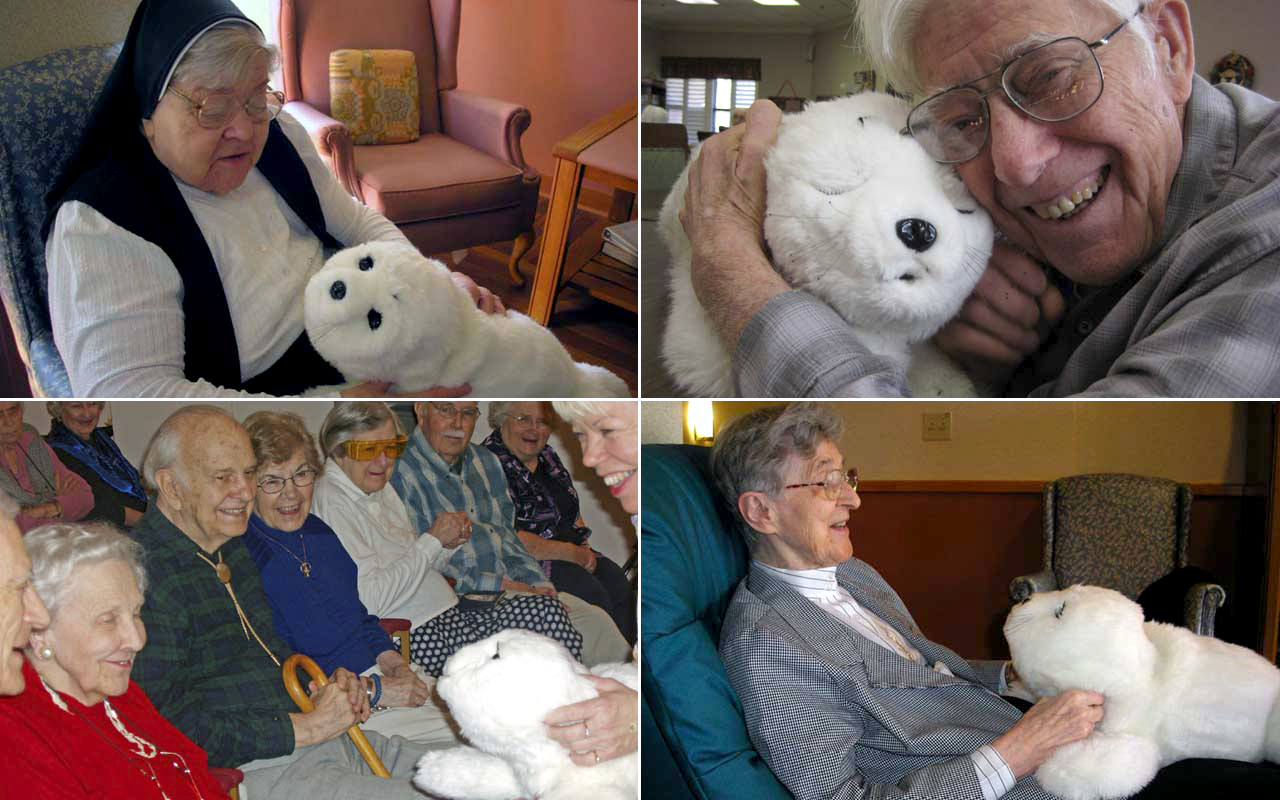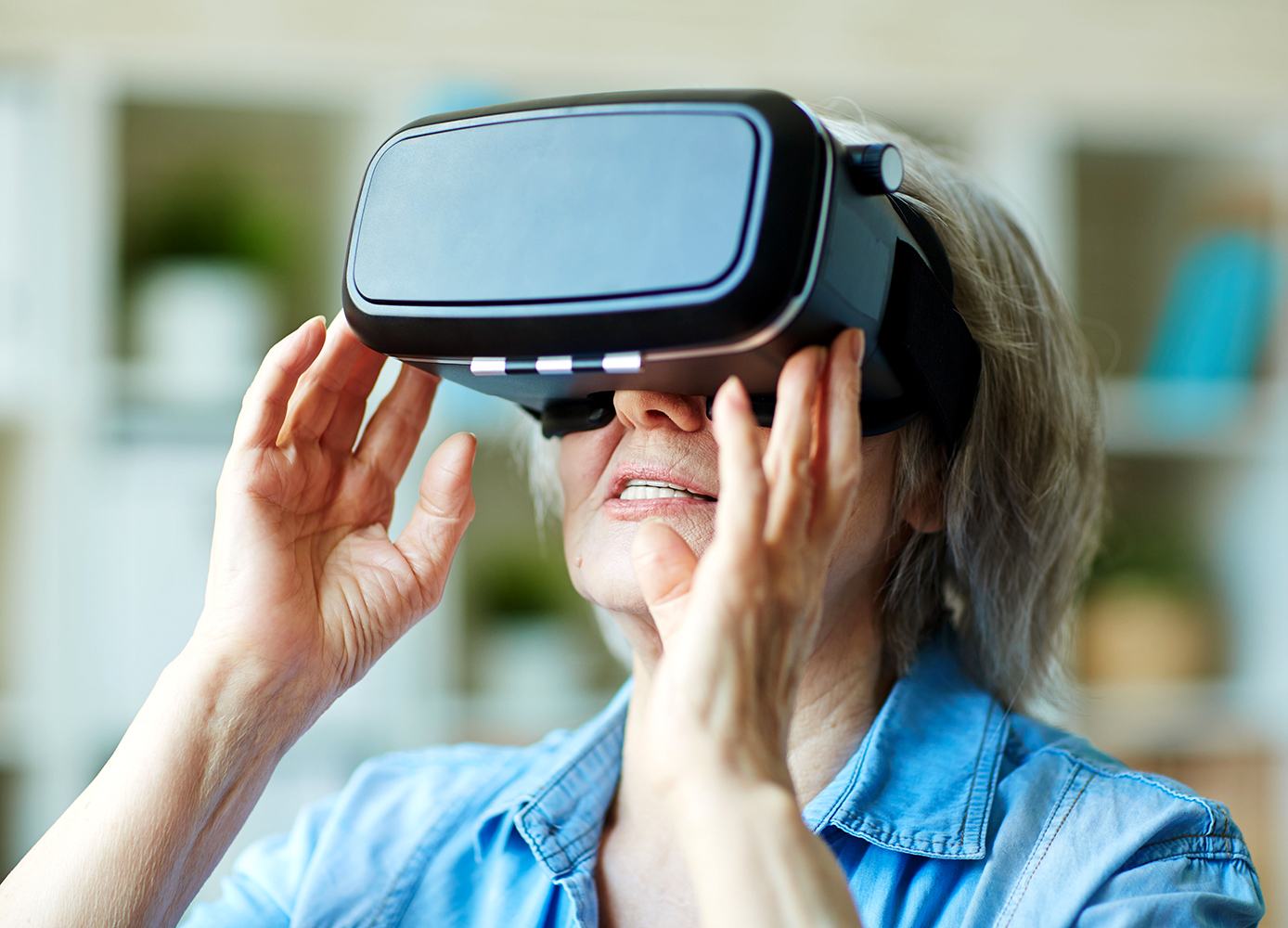Robots such as Paro, a cuddly harp seal, can provide emotional support and remind you to take your pills
By Katrina Caruso
The human touch is often considered an integral part of caregiving. While a robot might never be able to replicate that kind of care, Japan is hoping that robots will become a vital part of eldercare in the years to come.
With a very low birth rate and a larger population of seniors than most countries have, Japan faces a serious shortage of people to care for the country’s elderly. The Japanese government has reported that by 2025 it will have 380,000 unfilled specialized positions in nursing care, and some estimates have predicted a shortfall of 500,000 nurses. Accordingly, the Japanese government has been supporting new initiatives to create robots to help fill the gap in eldercare. Various companies have already produced robots to provide companionship and help deal with loneliness and depression, to remind people to take their medication, and even to lift people in and out of bed.
The future is already here in a Tokyo nursing home called Shin-tomi, where 20 different kinds of robots help care for the residents. The robots haven’t replaced the human workers at Shin-tomi—they allow the caregivers to redistribute their priorities to provide better care.
It’s hoped that Shin-tomi will become a model for future nursing homes and a showcase for the possibilities of robots in elder care. Already, more than 100 groups from countries such as China, the Netherlands, and South Korea, have visited the nursing home to take notes.
While the robot industry may not make a huge splash initially, many of the leading companies in robotics are confident that the future is bright. The main issues currently are cost, user-friendliness, and safety.
Some other countries are already adopting robots in eldercare. In some German assisted-living facilities, the “Care-o-bot” can bring residents their lunch and even play memory games with them.
And for the ultimate in user-friendliness, a companion baby seal robot called Paro has been serving as a sort of a therapy animal in Japanese nursing homes since 2003 and is being cuddled in almost 400 nursing homes in Denmark. Designed to look like an adorable harp seal, Paro responds with mews and other sounds and also blinks and moves its tail and flippers when cuddled or caressed. Paro will learn what name someone gives it and even whine when it needs feeding (recharging)—its recharger is shaped like a baby’s pacifier. The robot isn’t a toy, though: in the United States, Paro is listed as a Class II medical device—just like a powered wheelchair.
Photos: PARO Therapeutic Robot.






